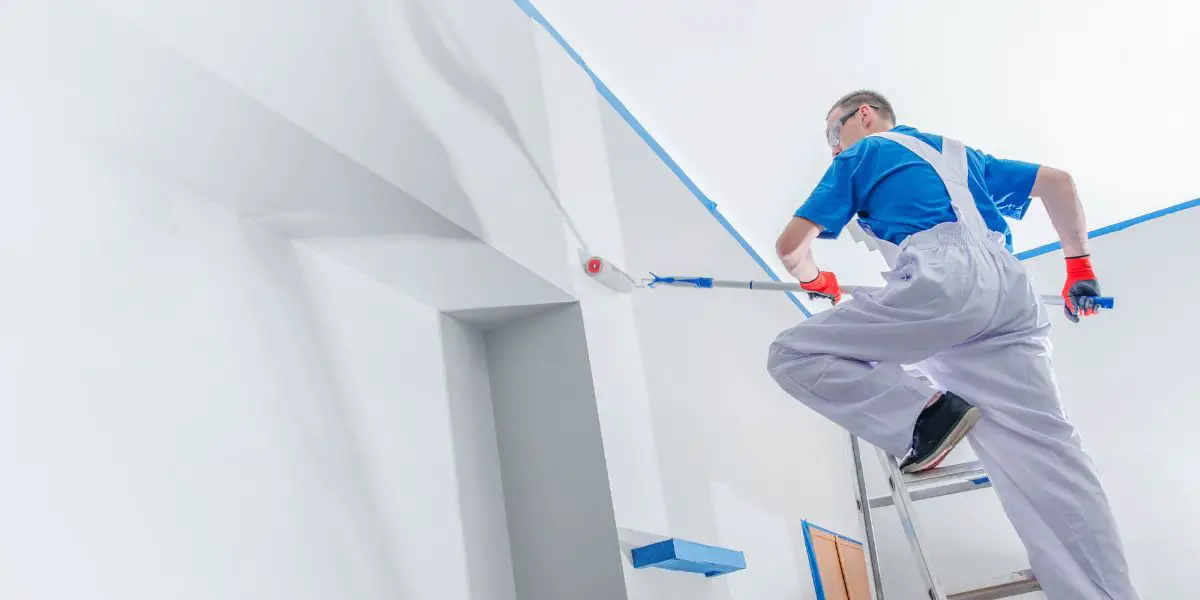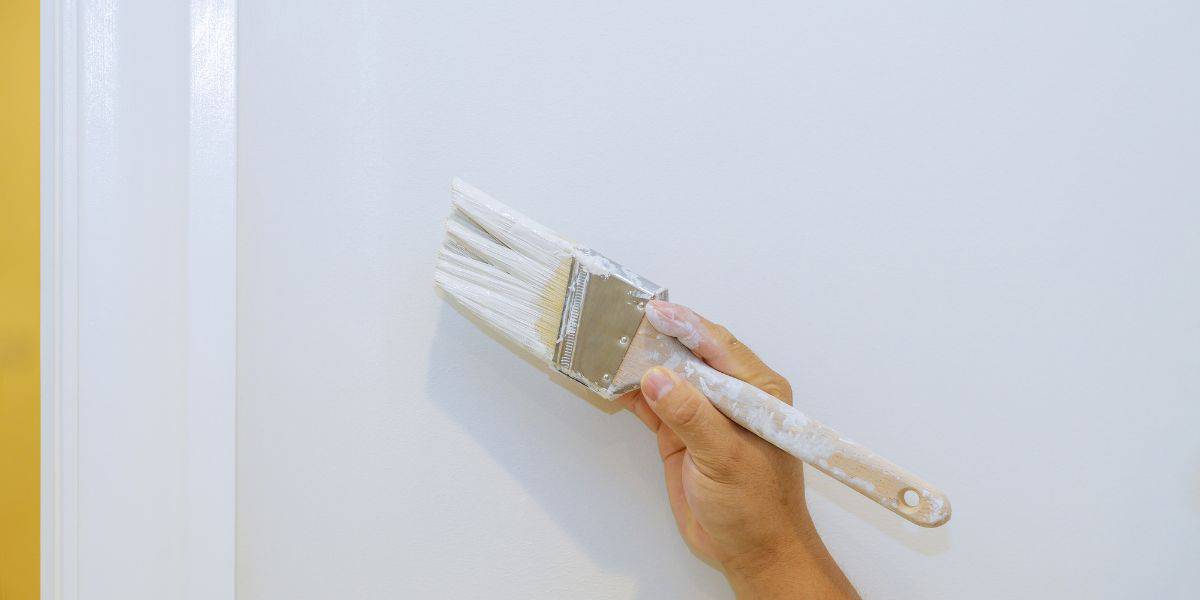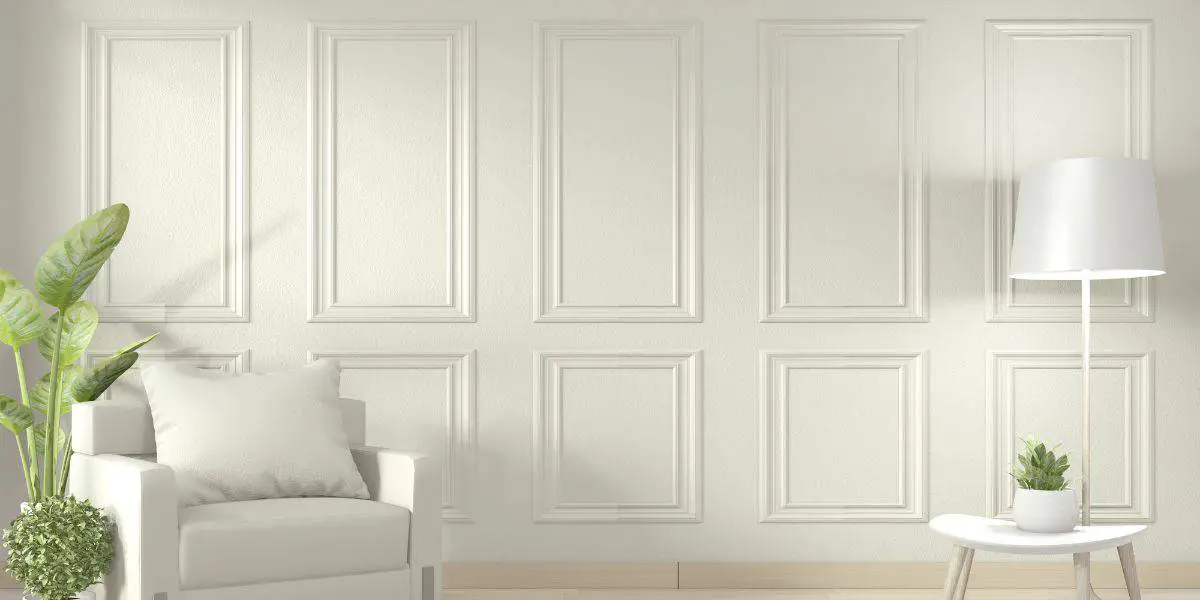In the world of DIY home improvement, painting a room can be one of the most satisfying and transformative projects. A fresh coat of paint can breathe new life into your living space, making it look brighter, cleaner, and more inviting. However, before you dive into this endeavor, you need to know the right order in which to paint a room. One common dilemma that often arises is whether you should paint the edges first or last. In this blog post, we will not only answer this burning question but also provide you with a step-by-step guide on the best order to paint a room for a professional-looking finish.
Table of contents
What Order Do You Paint a Room?
Before we get into the specifics of whether to paint the edges first or last, let’s break down the essential steps to follow when painting a room. These steps will ensure that your project goes smoothly and that the end result is a beautifully painted room:
1. Gather Your Supplies:
The first step in any painting project is to gather all the necessary supplies. You’ll need paint, primer (if required), brushes, rollers, painter’s tape, drop cloths, paint trays, and stirring sticks. Make sure you have enough paint to cover the entire room with at least two coats.
2. Prepare the Room:
Before you start painting, it’s crucial to prepare the room. This involves removing furniture, covering the floor and any items you can’t remove with drop cloths, and filling in any holes or cracks in the walls with spackling compound. Sand the walls smooth after the spackling dries.
3. Clean the Walls:
Dust and dirt can prevent paint from adhering properly. Use a damp cloth or sponge to clean the walls, especially in areas like the kitchen where grease may have accumulated. Let the walls dry completely before moving on.
4. Apply Painter’s Tape:
To protect trim, baseboards, and any areas you don’t want to paint, apply painter’s tape. This step will save you time and effort when it comes to clean-up.
5. Prime the Walls (if necessary):
If you’re painting over dark or unevenly colored walls, it’s a good idea to apply a coat of primer. Primer helps the paint adhere better and ensures a more even finish. Let the primer dry before proceeding.
6. Paint the Ceiling:
Start by painting the ceiling first. This will prevent drips from falling onto your freshly painted walls. Use a roller with an extension pole for this task to reach high areas easily. Allow the ceiling paint to dry completely.
7. Paint the Walls:
Now, it’s time to tackle the walls. Here’s where we address the question of whether to paint the edges first or last:
Should You Paint the Edges First or Last?
The debate over whether to paint the edges (also known as “cutting in”) first or last has been ongoing among DIY enthusiasts. The answer largely depends on personal preference and experience. Here are two approaches:
Painting the Edges First:
This method involves cutting in the edges of the room, including the corners, door frames, and window frames, with a brush before using a roller to paint the larger wall surfaces. Here are the advantages of painting the edges first:
- Precision: Painting the edges first allows for precise lines and a neater finish. You can take your time to ensure that the edges are perfectly straight and even.
- Less Masking: Since you’ve already painted the edges, you may not need as much painter’s tape, saving time and effort.
However, there are some drawbacks to this method:
- More Time-Consuming: Cutting in can be time-consuming, especially if you’re not experienced. It requires a steady hand and attention to detail.
- Risk of Drying Lines: If you take too long to transition from cutting in to rolling, you may end up with visible lines where the brushed edges meet the rolled area.
Painting the Edges Last:
The alternative method is to paint the edges after you’ve rolled the main wall surfaces. Here are the advantages:
- Faster: Rolling the walls first is generally faster than cutting in. You can cover more surface area quickly.
- No Risk of Drying Lines: Since you’re painting the edges after rolling, there’s no risk of visible lines where the two meet.
However, there are also some downsides:
- Less Precision: It can be more challenging to achieve perfectly straight edges when painting after rolling. Some people find it trickier to maintain a clean line.
- More Tape Needed: You may need more painter’s tape to protect the areas you’ve already painted.
Ultimately, the choice between painting the edges first or last depends on your skill level, patience, and personal preference. Beginners may find it easier to start with the edges, while more experienced painters might opt for the efficiency of painting them last.
8. Clean Up:
Once you’ve finished painting, remove the painter’s tape carefully while the paint is still slightly damp to avoid peeling. Clean your brushes and rollers thoroughly with soap and water. Dispose of any used paint and materials responsibly.
9. Allow to Dry:
Let your freshly painted room dry completely before moving furniture back in or making any final touches. This can take anywhere from a few hours to a few days, depending on the type of paint you used and the climate.
10. Add Finishing Touches:
After the paint has dried, you can reinstall any fixtures, switch plate covers, and decorations. Step back and admire your beautifully painted room!
Additional Tips for a Professional Finish:
- Use High-Quality Tools: Invest in good-quality brushes, rollers, and paint. Cheap tools can lead to an uneven finish.
- Maintain a Wet Edge: When rolling, always work in sections and maintain a wet edge to avoid visible lap marks.
- Consider Two Coats: In most cases, two coats of paint are recommended for even coverage and a more durable finish.
- Proper Ventilation: Ensure the room is well-ventilated while painting to disperse fumes and aid in drying.
In conclusion, the order in which you paint a room, including whether to paint the edges first or last, is a matter of personal choice and skill level. Some prefer the precision of painting edges first, while others opt for the efficiency of painting them last. Whichever method you choose, following the steps outlined in this guide will help you achieve a professional-looking finish and transform your living space with a fresh coat of paint. Happy painting!



